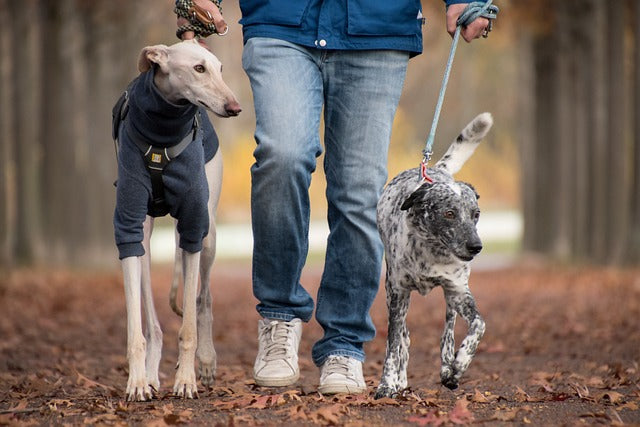






Tips for Training Your Pet to Obey
Tips for Training Your Pet to Obey
Training your pet to obey is a crucial aspect of building a strong relationship between you and your pet. It helps ensure positive behavior and safety for both you and your furry friend. Training requires patience and dedication, but with the right strategies, you can achieve effective results. In this article, we provide comprehensive tips for training your pet to obey, focusing on how to achieve the best outcomes using positive methods.
1. Understanding Your Pet’s Behavior
Studying Personality Every pet has a unique personality and behavior, so it’s important to understand these traits to determine the best training methods. Some pets may be more sensitive to training, while others may require a firmer approach.
Identifying Motivators Identify the motivators that make your pet respond positively, such as certain types of rewards or toys. Using these motivators can make training more effective.
2. Using Positive Reinforcement
Rewards Use rewards to encourage good behavior. Rewards can include favorite treats, toys, or even praise and attention. Make sure to provide rewards immediately after the desired behavior to reinforce the link between the behavior and the reward.
Avoiding Punishment Avoid using punishment or negative training methods, as they can cause fear or stress in your pet, leading to undesirable behaviors. Positive reinforcement is a more effective and healthier approach.
3. Setting Clear Goals
Defining Objectives Clearly define the goals you want to achieve. These goals might include teaching your pet basic commands such as “sit,” “stay,” or “come.” Ensure that the goals are realistic and achievable.
Breaking Down Goals Break larger goals into smaller, more manageable steps. For example, if you’re teaching your pet to sit, start by getting your pet to follow the command while already sitting, then progress to the command when your pet is standing.
4. Applying Effective Training Techniques
Short, Frequent Sessions Conduct short training sessions lasting 5 to 10 minutes multiple times a day rather than long sessions. This helps maintain your pet’s attention and prevents frustration.
Using Clear Commands Use short, clear commands. Ensure that everyone in the household uses the same commands and tone to avoid confusing your pet.
Consistency and Practice Be consistent in applying commands and rewards. Repetition and practice help your pet learn more quickly.
5. Improving Communication with Your Pet
Using Body Language Use body language to clarify commands and enhance communication. For example, you can use hand signals to complement verbal commands.
Positive Communication Communicate with your pet in a calm and cheerful voice. Positive interaction helps strengthen the bond between you and makes training more effective.
6. Addressing Behavioral Issues
Identifying Causes Try to understand the reasons behind behavioral issues. Causes may include anxiety, fear, or lack of physical exercise. Addressing the root causes can help improve behavior.
Seeking Solutions Seek solutions for behavioral problems by consulting veterinarians or professional pet trainers. These experts can provide valuable advice and effective training techniques.
7. Providing a Suitable Training Environment
Creating a Quiet Space Ensure that the training area is quiet and free from distractions. This helps your pet focus during training sessions.
Ensuring Comfort Make sure your pet is comfortable during training. Provide adequate breaks between sessions and avoid overworking your pet.
8. Strengthening Social Bonds
Playing and Interaction Spend enjoyable time with your pet through play and interaction. This can enhance your relationship and make training more effective.
Appreciation and Encouragement Continue to appreciate and encourage your pet’s progress, no matter how small. Positive reinforcement boosts your pet’s willingness to learn and engage positively.
Conclusion
Training your pet to obey is a process that requires patience and commitment, but with the right methods, you can achieve positive results. By understanding your pet’s behavior, using positive reinforcement, and providing a suitable training environment, you can improve your pet’s behavior and build a strong, rewarding relationship with them. Remember that training is an ongoing process, so continue to provide support and guidance to ensure the best outcomes.
